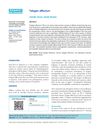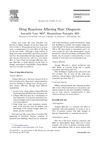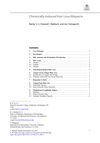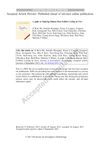Pramipexole
October 2015
in “
Elsevier eBooks
”
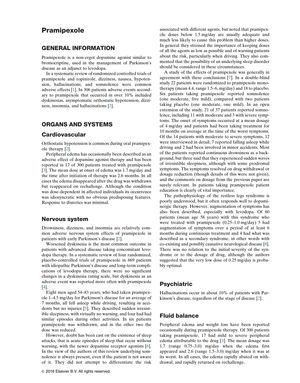
TLDR Pramipexole can cause side effects like dizziness, sleepiness, hallucinations, and low blood pressure, and it's important to educate patients and keep doses low.
Pramipexole, a non-ergot dopamine agonist, is used to manage Parkinson's disease and has been associated with various adverse effects. Dizziness, nausea, hypotension, hallucinations, and somnolence were common adverse effects found in a systematic review of randomized controlled trials. In a study of 306 patients, over 10% experienced dyskinesias, orthostatic hypotension, dizziness, insomnia, and hallucinations. Orthostatic hypotension and peripheral edema were notable cardiovascular side effects, with edema occurring in 17 of 300 patients and resolving upon drug withdrawal. Nervous system effects included drowsiness, dizziness, insomnia, and worsened dyskinesia, particularly in patients with advanced Parkinson's disease on levodopa therapy. A study of 22 patients found that pramipexole-induced somnolence was common and could lead to sudden sleepiness, with some patients falling asleep while driving. The restless legs syndrome often responds to dopaminergic therapy, but augmentation of symptoms has been reported. Psychiatric effects included hallucinations in about 10% of patients. Peripheral edema and weight loss were occasionally reported, with 17 of 300 patients experiencing edema. Gastrointestinal symptoms were more frequent in patients with early Parkinson's disease. Hair loss was attributed to pramipexole in two cases, with partial regrowth after drug withdrawal. Alopecia due to telogen effluvium was reported in a 55-year-old woman, which resolved after stopping pramipexole. The document emphasizes the importance of patient education, particularly regarding the risk of somnolence and the need to keep doses as low as possible.

